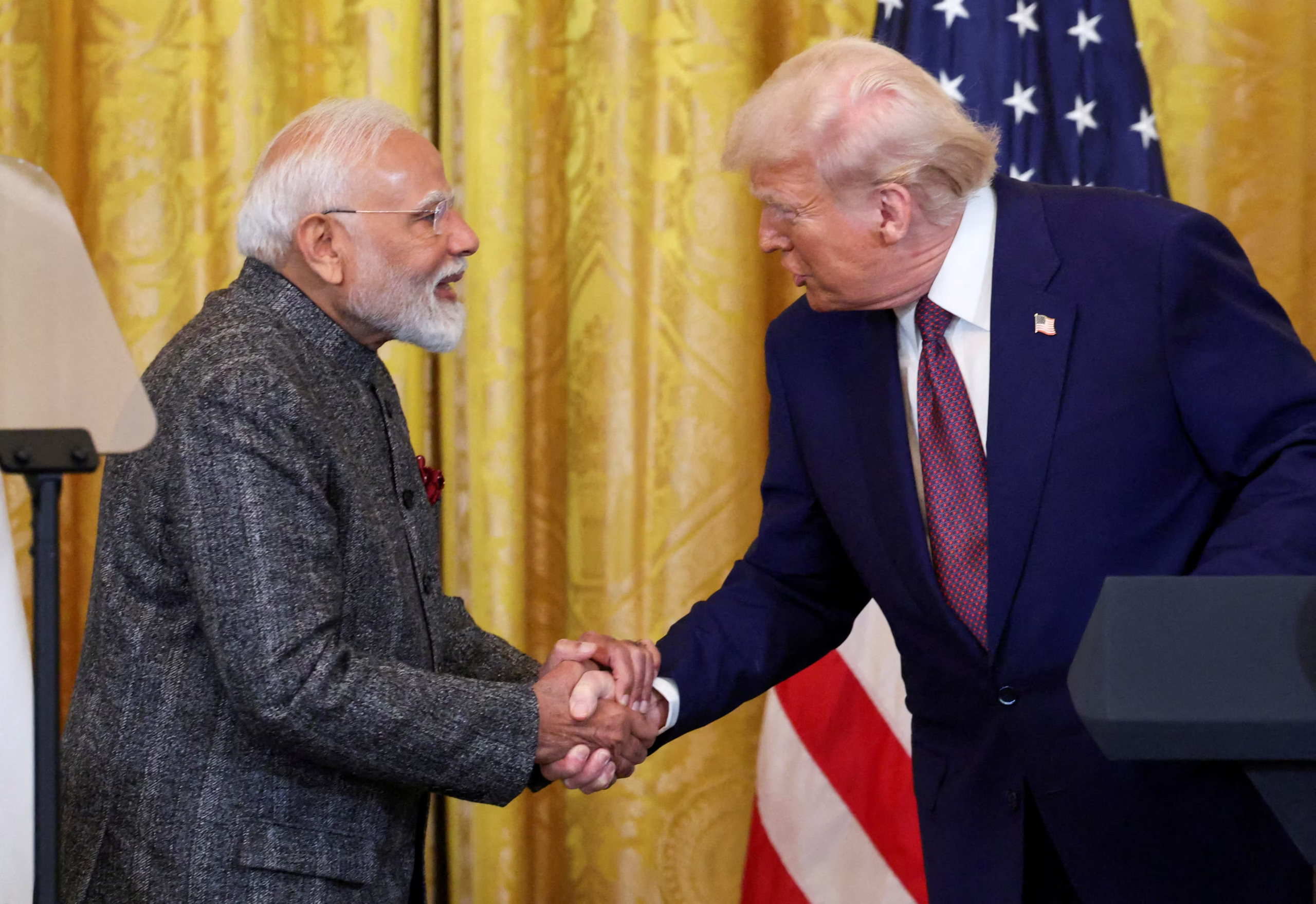The U.S. has announced a 25% tariff on Indian imports starting August 1, coupled with unspecified penalties tied to India’s continued trade with Russia. These measures may severely impact India’s export-driven sectors like pharmaceuticals, automobiles, textiles, and marine products.
Economists estimate India’s GDP growth could drop by 0.2% as a result of these tariffs, with experts from Invest India and other trade policy analysts warning of shifting supply chains toward competing Asian economies like Vietnam and China. The Reserve Bank of India may be forced to lower interest rates to offset the expected slowdown.
India-U.S. Trade Deal at Risk Amid Diplomatic Tensions
The tariffs have added significant tension to ongoing trade negotiations. For months, India has been working to secure a comprehensive deal by making concessions on U.S. demands, including reducing import duties on Bourbon whiskey and motorcycles. However, with new penalties linked to India’s oil imports from Russia, diplomatic complexity has surged.
According to Make in India, sectors once expected to benefit from a U.S. shift away from China — such as electronics manufacturing — may now lose their competitive edge. The imposition of steep tariffs undermines India’s hopes of becoming a global export hub.
Economic and Political Fallout for India
Industry leaders and policymakers have expressed concern over the tariff hike’s broader implications. While India’s government is reviewing the situation, opposition leaders argue this move reflects a failure in foreign policy, especially given India’s prior efforts to improve ties with the U.S.
India’s Ministry of Commerce and Industry has signaled that it remains committed to a “mutually beneficial” agreement, but it also stressed the need to protect MSMEs, farmers, and vulnerable economic sectors. Meanwhile, U.S. officials are scheduled to visit India later in August to resume negotiations.







